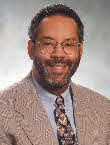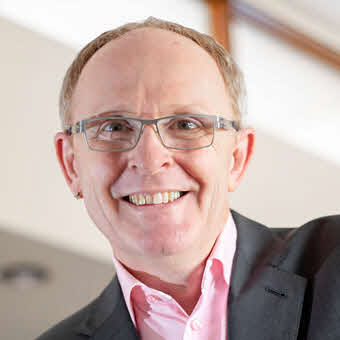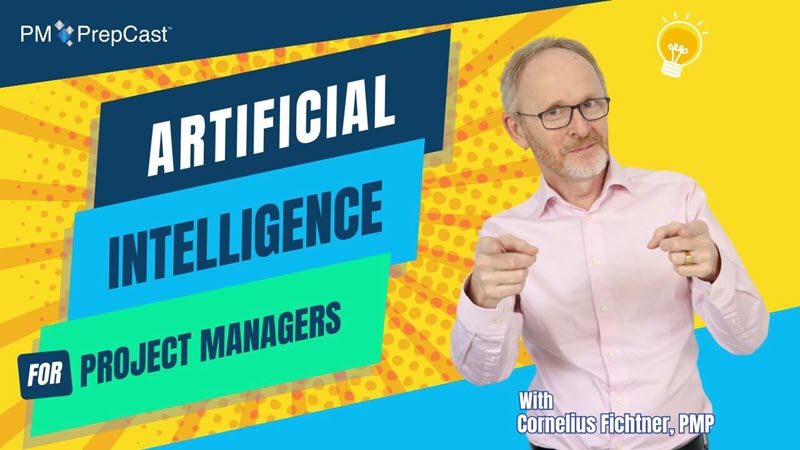Episode 247: Managing Change in Organizations: A Practice Guide (Free)
This episode is sponsored by The Agile PrepCast for The PMI-ACP Exam:
 This interview with Stephen Townsend was recorded at the PMI Global Congress 2013 North America in New Orleans.
This interview with Stephen Townsend was recorded at the PMI Global Congress 2013 North America in New Orleans.
Every project introduces change to the performing organization. It is therefore no surprise, that change management is a concept that we project managers have to embrace and master. PMI's latest publication "Managing Change in Organizations: A Practice Guide" helps us project managers learn more about and apply best practices from this field.
Stephen Townsend (http://www.linkedin.com/pub/steve-townsend/5/886/340) is the Director for Global Alliances & Networks with PMI and we met up with him to learn more about the Practice Guide. We learn why and for whom it was developed. We discuss the basics of change management and then look at the characteristics of change management at the portfolio-, program- and project level. And we close the interview with Stephen's recommendations for the #1 thing that you need to apply on your projects in regards to change management.
Episode Transcript
Below are the first few pages of the transcript. The complete transcript is available to Premium subscribers only.
Podcast Introduction
Cornelius Fichtner: We are still at the PMI Global Congress 2013 here in New Orleans and I am sitting here at the PMI Bookstore with Stephen Townsend from PMI.
Podcast Interview
Cornelius Fichtner: Hello Stephen! Welcome.
Stephen Townsend: Hello! Thank you!. Good to be here, Cornelius.
Cornelius Fichtner: Now, what is your role with PMI?
Stephen Townsend: I am PMI's Director for Global Alliances and Networks which means I'm responsible for our registered education program, our registered consultant program and our alliances with other organizations whether they're other professional societies, corporations, government or academic institutions.
Cornelius Fichtner: And what is your role when it comes to the practice guide in change management because that's the topic of our interview here?
Stephen Townsend: The practice guide in change management was developed as part of PMI's overall program to help organizations improve their ability to successfully drive their strategies through projects, programs and portfolios; and change management is one of the critical elements of that. So my team helps to organize all of our internal resources as well as our external relationships to help drive different activities related to change management.
So the practice guide is one of those elements. We also have educational programs that we conduct and we conduct with partners. We also have a series of white papers that are available that focus on different elements of change management. We are expanding our portfolio of e-learning and live learning courses in that area as well. So my team helps to coordinate all of those activities across our organization and with our external partners.
Cornelius Fichtner: On the flight here, I was reading the Pulse of the Profession. Would that also fall under you?
Stephen Townsend: That is actually a part of our brand group and I thought leadership program under the brand group. But the Pulse of the Profession is a driving force behind our program in change management because it was through the Pulse of the Profession that we identify the change management was one of the critical areas that organizations were struggling to do successfully. And so, it was through that research that we decided we needed to have a committed focus to help the institute build its resources and capabilities, to help both the practitioners and their organizations more successfully implement change management.
Cornelius Fichtner: Who's the audience of the guide?
Stephen Townsend: The audience actually is the executive leadership within the organization. Because the first chapters really speak to the challenges that they have. The fact that they are operating in dynamic environments, the fact that they are attempting to innovate their organizations and they are struggling to do that effectively and the fact that they are struggling to do more of that. So all of those factors tie directly back to change management.
So the first section of the practice guide actually speaks to: 'These are the strategic challenges that you as executive leaders face'. The next several chapters of the practice guide then focus on: 'This is how your organization can build its capabilities at the portfolio, program and project levels to more effectively utilize change management practices to support driving the strategic goals and objectives that you're trying to reach and the benefits that you are trying to realize'.
Cornelius Fichtner: Alright. Let's take a step back and bring everyone on the same page. What is change management?
Stephen Townsend: Well, change management ultimately is attempting to move from the current state to the future state and the way in which you do that is through a very dynamic, repetitive, iterative process. So for example if I want to attempt to change the culture of my organization, one of the things that we have to do is we have to look at the behaviors that we want to see within the organization and then we have to mirror those behaviors and we have to communicate about why those behaviors are important and periodically, we have to go back and remind ourselves we're either demonstrating the behaviors that we intend to demonstrate or we're not. So we have to go back to square one and say: "We need to consistently demonstrate these behaviors."
So that's the iterative process and ultimately, you end up at the future state, the state is those behaviors then become engrained in the organization's culture in a way that you no longer have to build that capability. People just do it inherently because that's how we do things here within the organization. So that's really what change management is, take us from a current state to a future state and you do that through a repetitive process until what you're trying to achieve is really engrained in how the organization does business.
And that's the same for projects and programs as well. Project and program management is about change because ultimately, you are taking something that doesn’t exist and creating it and delivering it back to the organization in a way in which they can deliver to their customers. And so you're not only delivering that project or that program, but you're delivering the benefit. You're delivering the value back to the particular customers. So that is the end state that you are trying to achieve --- the benefits realization. But the way you do that is iteratively through your projects and programs and looking at that strategically at the portfolio level.
Cornelius Fichtner: Alright! Let's open up the practice guide and the first thing I noticed, I have it here on my iPad, it's 141 pages long. Am I suppose to read it?
Stephen Townsend: It is really intended to be a reference guide to help support the content that's currently in PMI's foundational standards. So actually, the point that you raised is very on target. It is designed to be structured in a way that if you a portfolio manager, you can look at the portfolio management content and see its direct alignment back to the standard for portfolio management.
If you're a project manager, you can reference it and you can see the direct connections between the practice guide chapter on project management and the PMBOK® Guide's chapters related to stakeholder engagement, communications, resource management, scope, et cetera. So it is intended to be a reference guide to support project and program managers and portfolio managers in better focusing on what are the change elements at the domain at which I'm operating whether that's project, program or portfolio.
Cornelius Fichtner: Alright! We agreed that during this interview, we were going to open it up and take a look at 3 chapters and that you would give us the ten thousand-foot overview of change management at the portfolio level, the program level and the project level and then those listeners more interested in any particular topic, they can open up the practice guide and read the details for themselves. So let's begin at the portfolio, what's important in regards to change management here?
Stephen Townsend: Change management at the portfolio level is really that linkage between the organization strategy and where the organization invest its resources in the portfolio, projects and programs to realize that strategy. Change management is critical at that level because as the organization is impacted by the external environment whereas changes occur within the organization, it's really the portfolio manager who has to cascade that down to the projects and programs that the organization has invested in.
So to give you a good example, if the organization is moving forward on a particular program and a new technology emerges that could accelerate development of that program, the portfolio manager is the one who scans the environment and looks at how can we leverage that to accelerate the development and the benefits that we're trying to achieve from the program. At the same time, they have to protect the organization against issues that could negatively impact the initiatives that the organization is pursuing.
So if a new government regulation surfaces that could impact negatively what the organization is trying to accomplish, it's the portfolio manager who engages the leadership and the strategic dialogue about is it the right time for this particular set of projects or programs? Do we want to proceed knowing what the potential risks are? So it's the portfolio manager who can make the adjustment to the overall investments that the organization is making in the projects and the programs keeping it linked to the strategy. So the portfolio manager is the critical link between the strategy and the projects and programs that are being executed to realize that strategy.
Cornelius Fichtner: Alright! We're moving one level down so to speak to the programs. What's the high level here?
Above are the first few pages of the transcript. The complete PDF transcript is available to Premium subscribers only.
- Last updated on .
- Hits: 28429


